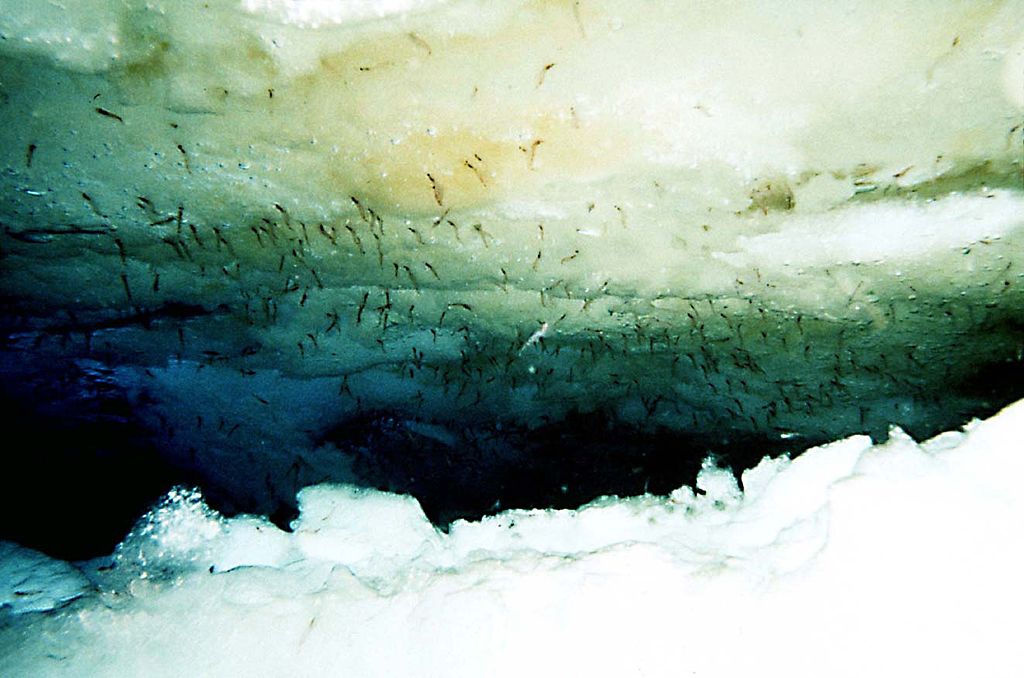
Mexican Corn
Now that we are aware of just how important animals and plants are to human life, how will they be affected by global climate change? To assist me in explaining this phenomenon, I used this article here as research. To begin, the article explored the effect of warmer weather in the Arctic regions. Everyone already knows about the struggle of the polar bear, but many other species depend on ice for survival. Algae that live under the ice are now being exposed to higher temperatures because thick ice isn’t deflecting sunlight anymore. Primary production (conversion of solar energy to sugar that autotrophs can use) is expected to decrease, which affects not only algae but the entire polar food chain as well. Salinity levels are also increasing because of the accelerated rate of evaporation. Although oceans have gained heat in the past, the higher rates increased slowly over time. Now, the oceans are warming at an alarming rate due to greenhouse gas emissions, and species (especially specialist species that can only survive in specific habitats with unique resources) cannot adapt fast enough. Finally, even lizards, the pesky little reptiles that seem to invade every shrub and flowerbed, are being affected. They do not have any excess energy to hunt because they have to use it regulate their higher body temperatures.
Polar Algae
http://en.wikipedia.org/wiki/Ice_algae
The other main strain on wildlife comes from the rapid acidification of the world’s oceans. As carbon dioxide is sequestered in the atmosphere, some is also falling to the ground and infiltrating the oceans. The reaction of carbon dioxide with the ocean water creates carbonic acid, and this affects numerous aquatic organisms and habitats. The acid is dissolving organisms’ calcium shells and accelerating coral bleaching (where the coral’s zooxanthellae are leaving the calcium buildups). In addition to the acid accumulation, ocean layers are becoming increasingly stratified. Because warm water rises, there is now a distinct border between the warm water (caused by higher temperatures) and the colder water on the bottom. Upwelling is less frequent and nutrients are unable to rise to the surface to nourish the phytoplankton. A decline in upwellings also affects the global fishing economy because they are necessary for shrimp and other crustaceans to multiply near South America. This suppression of upwellings is in part caused by El Nino. This event occurs when waters in the Pacific Ocean are warmer on certain years than others, causing land to dry up and become parched. By contrast, La Nina occurs when the Pacific Ocean cools, bringing colder weather.
Golden Toad
Finally, the list of organisms that are being forced to adapt because of warmer temperatures is never ending. For example, one famous case is the disappearance of the Monteverde Golden Toad, a rare species of toad that lived on the mountains of Costa Rica. Although researchers are saying the toad vanished because of a strong El Nino event, global warming certainly played a role as well.
Sources:
AP Environmental Textbook (Environment by Jay Withgott & Scott Brennan)
All other sources are embedded in links

